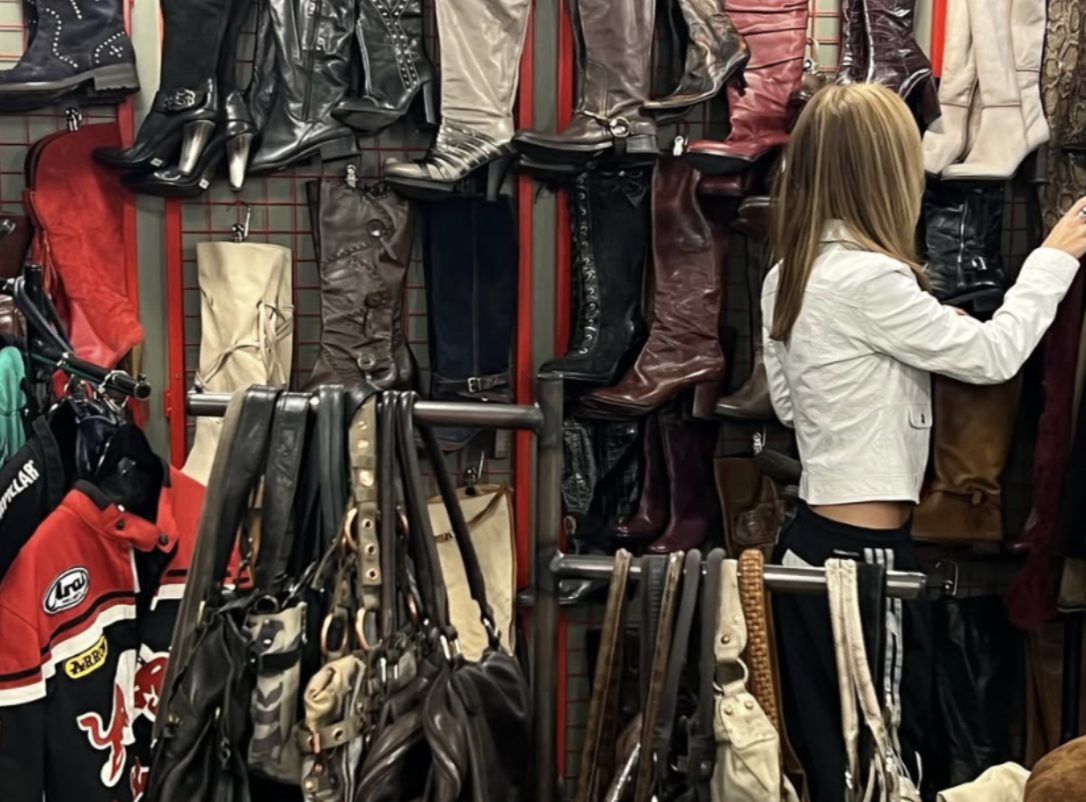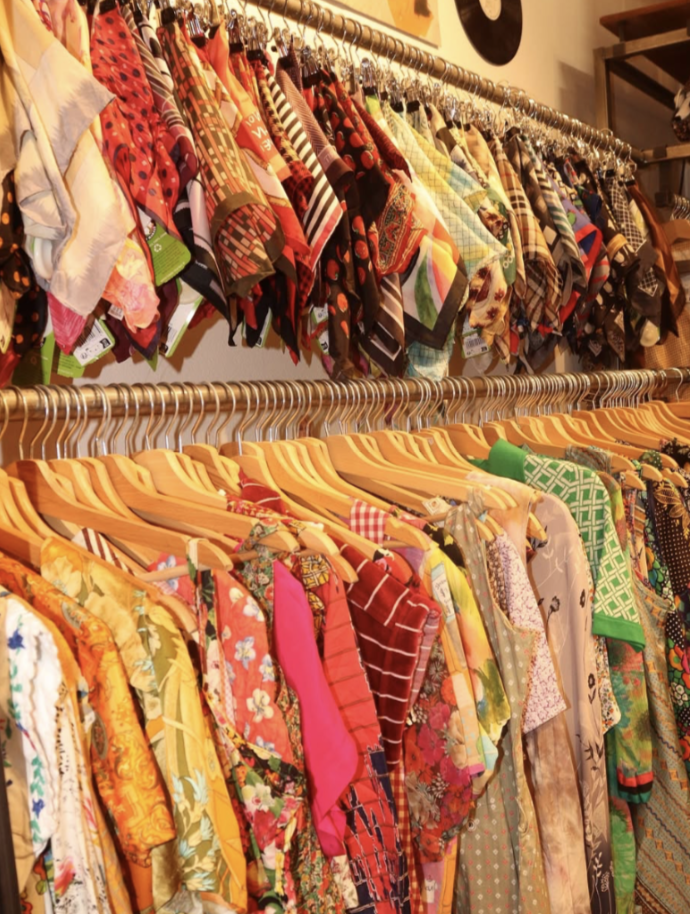Image by Gordon Johnson
Australian Prime Minister Anthony Albanese’s recent White House visit brought focus on AUKUS, rare earth minerals, tariffs and trade. With economic resilience and productivity on the list of priorities of the Australian government, trade has become a more critical factor. In this era full of environmental crises, sustainability is an unavoidable element in global trade. As attention turns from the recently concluded meeting in Washington’s corridors of power, another trade bloc—BRICS nations have been quietly weaving sustainability into their industrial fabric.
Understanding BRICS and its Impact
BRICS is a group of major emerging economies that work together to bolster their economic and political interests on the global stage. It fosters social cooperation amongst its members and global South countries. It began more officially in 2009 and has ten full member states including Brazil, Russia, India, and China, South Africa, Egypt, Ethiopia, Iran, United Arab Emirates, and Indonesia.
The BRICS bloc has been depicted as the fastest-growing states, projected to collectively dominate the global economy by 2050. In 2024, BRICS accounted for 40% of the global economy (measured by PPP (Purchasing Power Parity) according to IMF data. Collectively its member states and partner states (an additional ten states) currently represent about 56% of the world population or 4.45 billion of the population and 44% of global GDP (PPP).
The BRICS presidency rotates annually. The country that holds the presidency for the year defines the agenda and organises the annual summit. Brazil assumed current the presidency on January 1, 2025.
BRICS’ green manufacturing, climate, sustainability & circularity strategy
With a decisive position on climate issues, sustainability and circularity, BRICS has advanced an environmental agenda that moves the bloc from an economic and geopolitical force to a heavyweight in global sustainability governance. The BRICS climate convergence is even projected to influence and shape COP30 negotiations in Brazil in November 2025.
In April 2025, BRICS Industry Ministers in a meeting approved a Joint Declaration to reinforce their commitment to sustainable development- create jobs and address climate change in alignment with green manufacturing. The declaration emphasised energy efficiency, eliminating environmental pollutants, collective leadership for climate action and of course, green industrial development.
The bloc’s environmental agenda includes the circular economy and integrated waste management as a way to reduce plastic and promote recycling, along with circular principles of eco-design and responsible consumption. The declaration enforced BRICS’ stance on promoting resilient and inclusive supply chains, and aligning economic growth with developing sustainable value chains. In alignment with green manufacturing, they identified tools for productive transformation of some of the core components of BRICS economies such as small and medium-sized enterprises (SMEs).
BRICS’ members leading global textile trade
Two BRICS members, China and India, are some of the world’s biggest textile manufacturers and exporters. From raw materials to fabrics used for different purposes such as engineering, furniture, garments and car seats, the global textile industry is one of the largest sectors in international trade. It generates billions of dollars annually and supplies nearly every market across the globe. For instance, China’s textile and garment exports totaled an estimated USD $301B in 2024. While India’s textile market is worth USD $174B and expected to reach USD $350B by 2030.
Image by Michal Jarmoluk
Australia’s current textile industry position
As some BRICS countries are advancing their textiles industries while potentially increasing green manufacturing, Australia remains tethered to fast fashion imports. 1.5 billion new garments were imported into Australia in 2024 with Australians spending AUD $9.6B on clothing. An estimated $2.3B in ultra-fast fashion sales from just two companies occurred last year. Only about 3% of clothing is made in Australia.
All of this overconsumption makes Australia one of the biggest consumers of clothing & fashion in the world per capita. Fashion & textiles is one of the most polluting industries in the world and a contributor to the climate crisis with approximately 1.2 billion tonnes of greenhouse gas emissions each year globally. The industry is associated with enormous environmental degradation such as excessive landfill waste, vast ocean and microplastic pollution and biodiversity loss. Every second, one garbage truck of clothing is either sent to landfill or incinerated in the world. In Australia, over 300,000 tonnes of clothing is discarded each year.
Opportunity for a thriving sector
BRICS nations have inclined towards reshaping global textile production with increased green manufacturing incentives, signalling shifts Australia cannot ignore. The issue isn’t about joining BRICS, but about learning from their sustainability-driven growth models to strengthen Australia’s domestic textiles and fashion industry.
Australia’s fast-fashion trendmill — cheap imports, high waste — may seem disconnected from high-level diplomacy of Prime Minister Albanese’s White House visit, yet the timing aligns neatly with their talks on trade. Clothing and textiles are ubiquitous to the global population. And in an era of climate emergencies, sustainability is more needed than ever. There lies a broader opportunity for Australia to pivot toward value-added industries like sustainable fashion & textiles rather than simply being an importer of low-quality clothing.
By investing in sustainable, circular and ethical fashion, Australia can boost industry productivity, economic resilience, environmental credibility and gain global recognition. And furthermore, industry best practice & modelling for the development of other weaker and wasteful sectors. This could bode well for the government’s Future Made in Australia agenda.
Like BRICS, Australia can adopt a green manufacturing strategy while also strengthening the growth of local, innovative SMEs. For Australian policymakers, the challenge is clear: can Australia transform its clothing economy before the world’s new economic bloc rewrites the rules of trade and innovation?
The deepening Australia–U.S. economic relationship offers a window for policymakers to promote domestic manufacturing of sustainable apparel, unlocking jobs, export potential and recognition. By referencing the U.S. alliance context, Australian decision-makers can see sustainable fashion not just as fashion frivolity but as strategy aligned with national economic & trade interests. The message: in an era of shifting global supply chains (BRICS, minerals, trade blocs), Australia’s moment to rethink its clothing economy is now — and the White House rendezvous highlights that global-economic context.
To initiate a solid foundation for a thriving, longstanding sustainable textiles industry, this petition contains many of the fundamental policies required to establish a thriving domestic and global sector.
Article by Nina Gbor
Personal Perspective: Bridging Fashion, Policy, and Global Development
This topic converges a background in international development with extensive experience in textiles, fashion, and politics across the global North and South. It is further informed by a lifelong career in sustainable fashion, circular economy research, policy, and advocacy within the global political economy. By examining BRICS’ role in green manufacturing and climate finance, Australia can assess its own path towards sustainability and innovation in the fashion industry.













